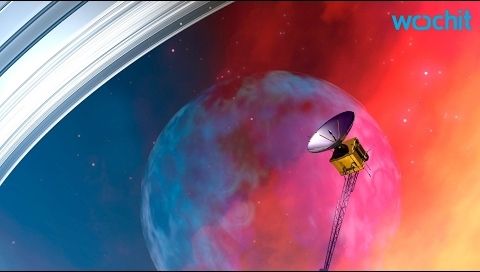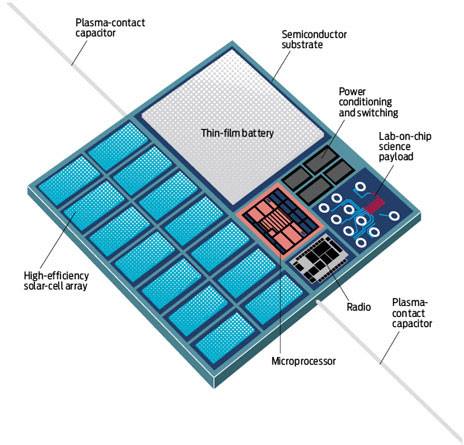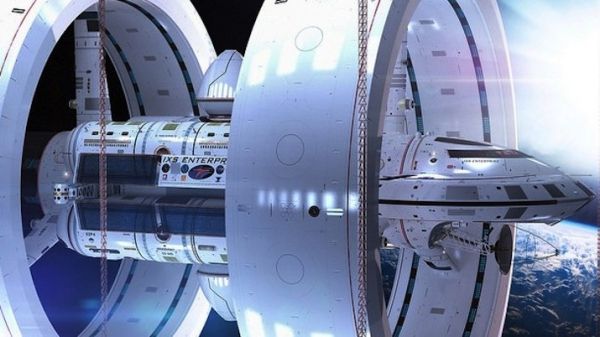Enlarge Image Singapore’s Nanyang Technological University has successfully launched a satellite from the International Space Station (ISS) for the first time. It’s a nanosatellite that deserves special attention for its new thruster technology. These new micro-thrusters allow the satellite to remain in for space twice as long as other similar satellites, according to the university. The improved thrusters could go a long way towards fighting the problem of space debris: Man-made trash such as the old satellites and spent rocket stages that create a field of debris around the earth.
https://www.cnet.com/news/singapore-launches-first-ever-sate…CAD590a51e
This video was produced by YT Wochit Tech using http://wochit.com






 עברית (Hebrew)
עברית (Hebrew)

